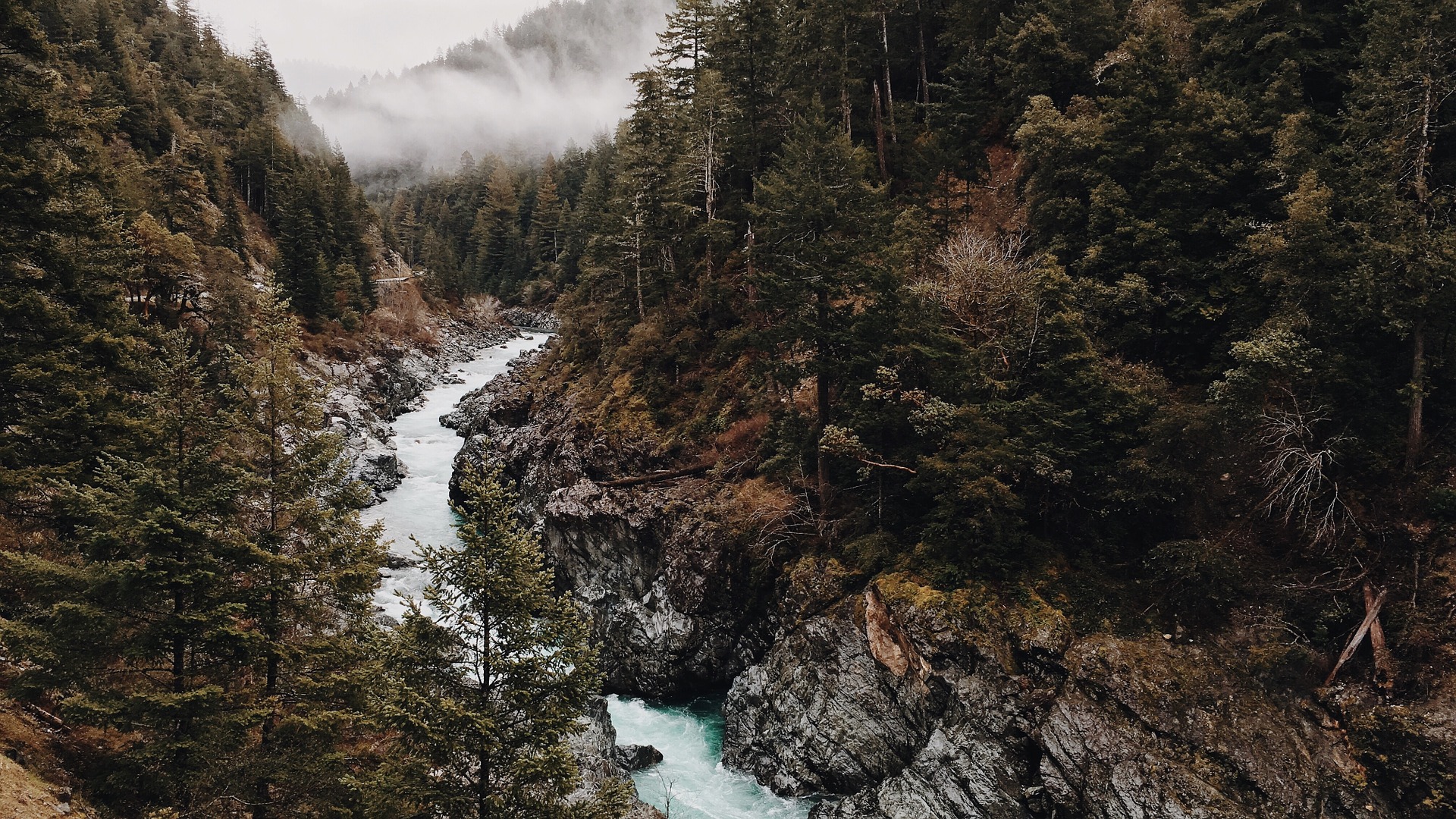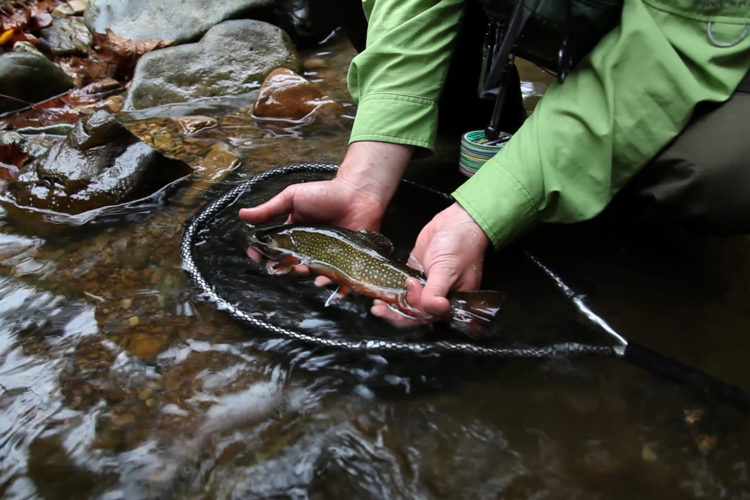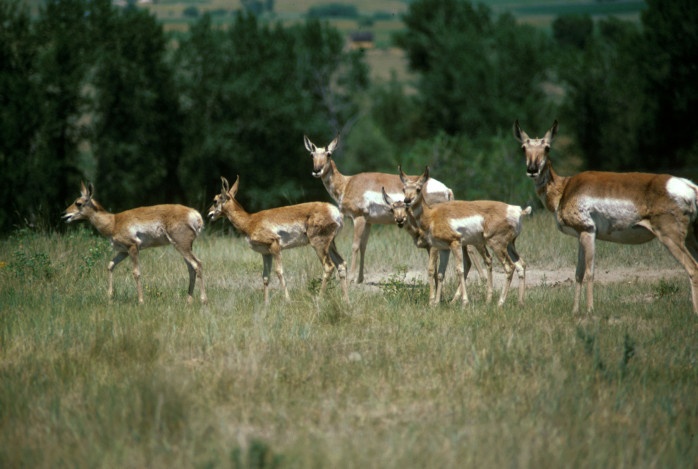We have much more to do and your continued support is needed now more than ever.
Wildlife Awaits Issuance of Stream Protection Rule

In Appalachia, a practice called mountain top removal has caused the literal burial and destruction of approximately 2,000 miles of stream, while leveling 500 mountains. The practice has polluted many more miles of streams and rivers with mining waste.
Please take action to help protect stream and river habitat by retweeting the following tweet:
Trout can’t handle it @OSMRE! Protect #wildlife & streams from destructive #coal mining. https://t.co/WbGfewNfP1 pic.twitter.com/t35Wlw9Kqb
— National Wildlife Federation Action Fund (@wildlifeaction) September 8, 2016
Meanwhile, in the semi-arid west, where water is precious, coal mining can upset the hydrological balance and interfere with the function of alluvial floors. The result is that, even if land is restored, the ability of that land to recharge water flow in rivers and streams may never return. This means inadequate water supply for wildlife and people. The massive disturbance caused by western strip mining can pollute nearby rivers and streams as well.
Fortunately, a rule proposed by the Department of Interior’s Office of Surface Mining (OSM) would put in place needed measures to protect these vital waters. It is critical that these rules be finalized so needed protections can take effect to safeguard wildlife and habitat from coal mining.

Mountaintop Removal: Major Threat to Wildlife
Few practices are as aptly named as mountaintop removal mining. As the name suggests, tops of mountains are literally blown off to allow huge draglines to rip the coal from seams below. The coal is then shipped off to be combusted, but the waste rock (called spoil) is dumped into nearby valleys (valley fills), burying the streams that flow there.
This practice not only destroys the streams, but also allows toxic waste like selenium to leach into the water that flows below the burial site. These and other pollutants can result in lifeless streams or streams with severely deformed and impacted wildlife. Monstrosities like two-headed trout have been spawned from trout impacted by selenium pollution.

Needed Protections
While streams are supposed to be protected under laws designed to regulate coal mining in the 1970s, in practice these laws have been implemented with rules rife with loopholes and by uneven state enforcement and application.
The proposed rule by OSM would provide needed clarity and establish the following protections:
- Require stronger monitoring requirements for stream flow and water quality to ensure that streams can support life
- Ensure there are enforceable and site specific criteria to prevent material damage in impacted ground and surface water
- Put in place measures to prevent a form of underground mining called longwall mining from causing surface collapse and de-watering streams
- Require mine operators to restore mines to good biological condition sufficient to support use by wildlife and people

These protections are long overdue. Federal and state practices have not met the spirit or requirements of laws designed to protect people and wildlife for decades. The protections also come at a critical time when financial instability amongst coal companies makes it even more imperative that mining is done in a manner that does not destroy or pollute streams, as it is unclear whether companies will have the resources to clean up mine sites they pollute.
These proposed protections also accompany other mining reforms that are long overdue such as reform of royalty practices that have allowed companies to use dealings with subsidiaries to avoid royalty payments, a new guidance and announced rulemaking to curtail the dangerous practice of self-bonding, and a halt to new federal coal leasing while a comprehensive review process takes place.
Outdoor recreationists, hunters, anglers, hikers and all those who love mountain streams of Appalachia and the cherished rivers of the West will cheer a strong final rule. And so will the diverse wildlife that inhabits and depends on these waters.






















